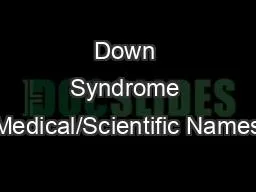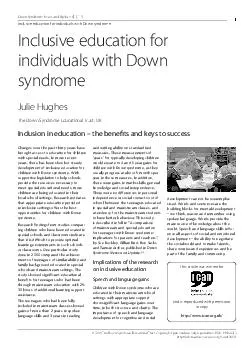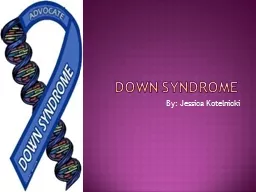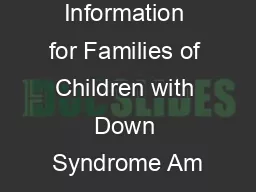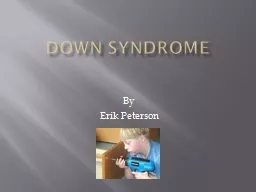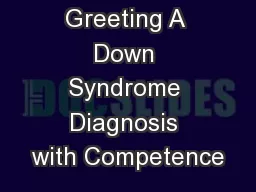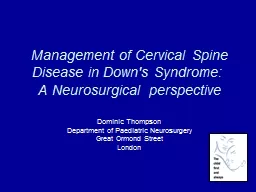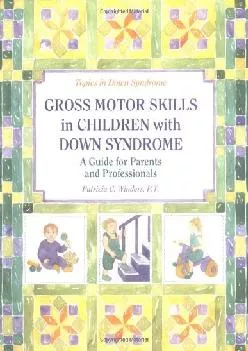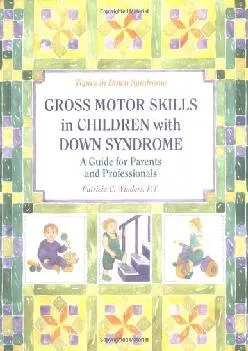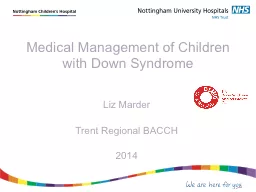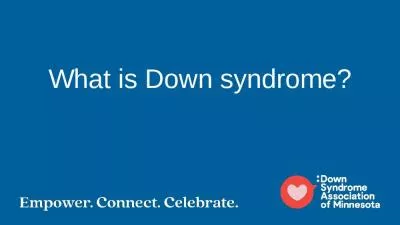PPT-Down Syndrome Medical/Scientific Names
Author : jideborn | Published Date : 2020-06-23
Trisomy 21 47XX21 47XY21 Module 2 Culminating Down Syndrome An Overview Down Syndrome is a set of physical and cognitive symptoms mild to moderate intellectual
Presentation Embed Code
Download Presentation
Download Presentation The PPT/PDF document "Down Syndrome Medical/Scientific Names" is the property of its rightful owner. Permission is granted to download and print the materials on this website for personal, non-commercial use only, and to display it on your personal computer provided you do not modify the materials and that you retain all copyright notices contained in the materials. By downloading content from our website, you accept the terms of this agreement.
Down Syndrome Medical/Scientific Names: Transcript
Download Rules Of Document
"Down Syndrome Medical/Scientific Names"The content belongs to its owner. You may download and print it for personal use, without modification, and keep all copyright notices. By downloading, you agree to these terms.
Related Documents

